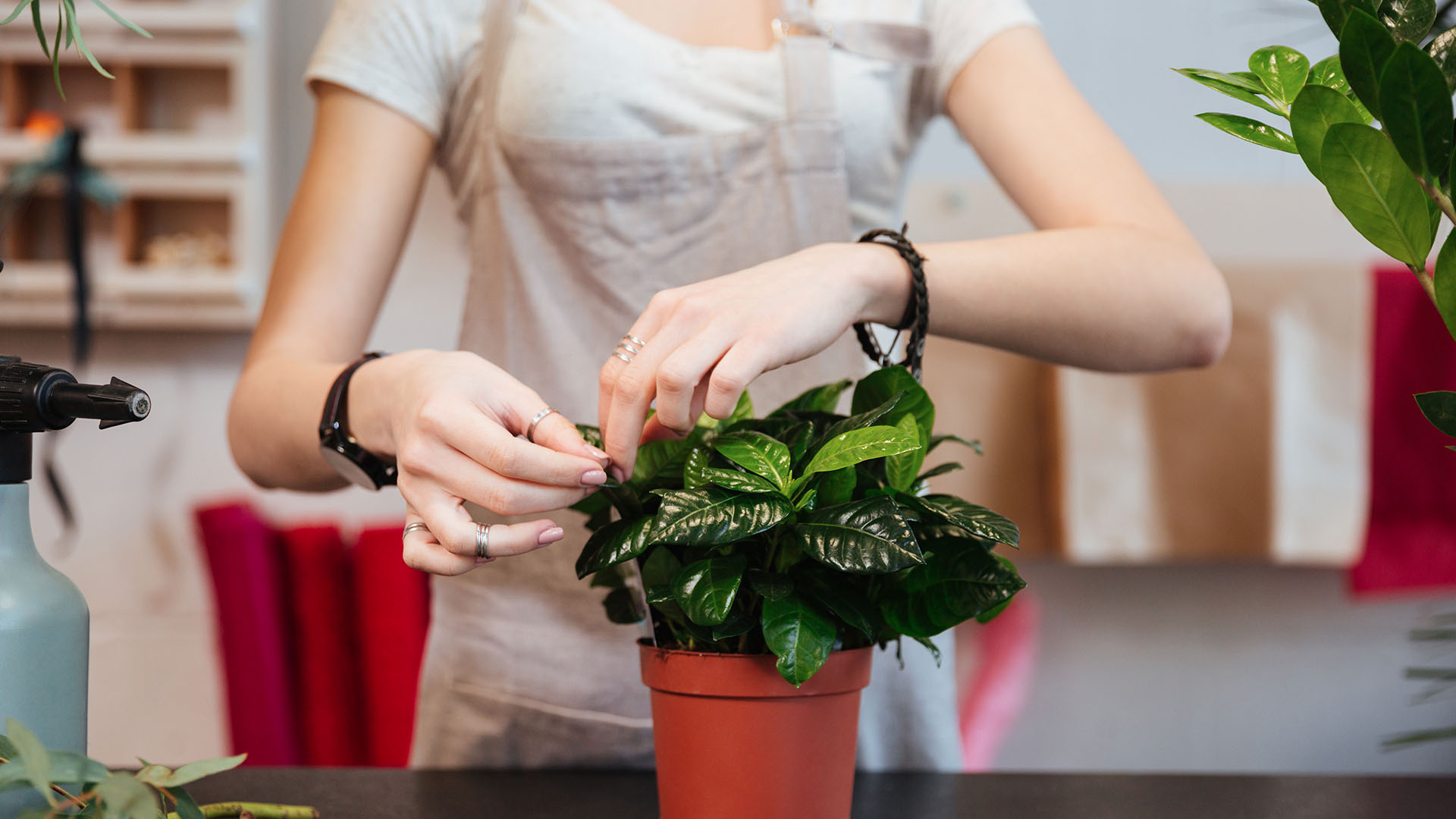After about four months of seeing indoor plants invade and beautify homes during this pandemic, I now see a shift to vegetable and fruit gardening. The outdoors of many middle class homes have been turned to a haven for food. Our own backyard has been transformed to a vegetable and herb garden courtesy of my brother.
Work-from-home arrangements have given middle class professionals time to smell the flowers, so to speak. Far-fetched from the pre-pandemic scenario when a significant amount of our time was spent on terrible traffic to and from work.
In my virtual visit to these gardens and brief chats with their owners, I learned FIVE WAYS to begin and maintain vegetables in our homes.
1. Start with a small space.
Our vegetable patch measures 1×3 meters. It used to be a storage space at the back of our house. The herbal patch is planted in pots and placed in a moveable shelf that we bought online. Moveable so it can be positioned under the sun and placed under the garage during heavy rains. For Coach Lea Reyes, she plants veggies on her pots and lines them up in in her outside corridor. For Ana Ramirez, she has vegetable pots and even plastic containers in every available corner outside of her house.
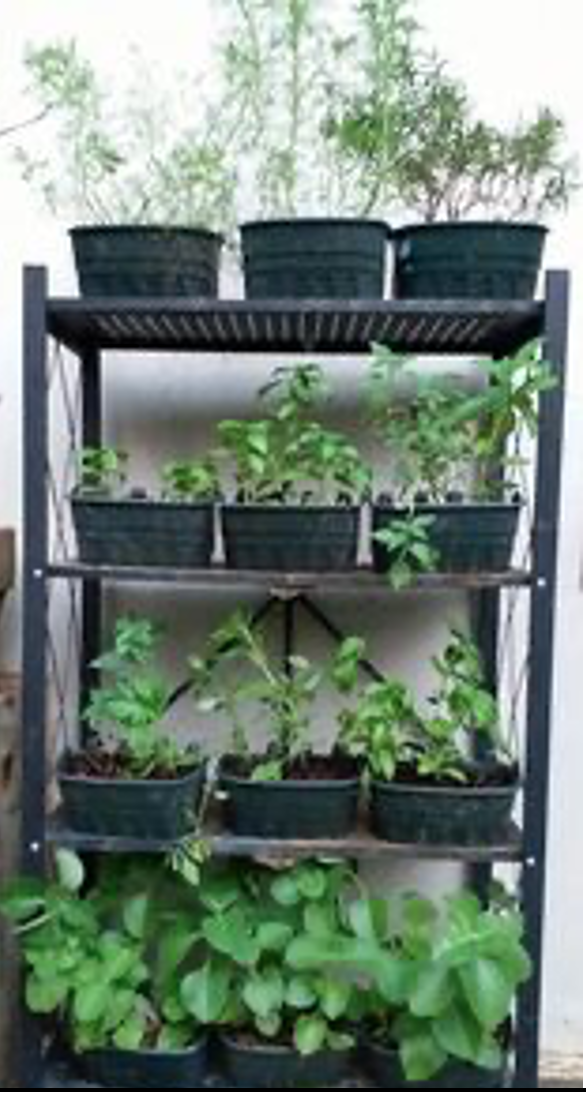
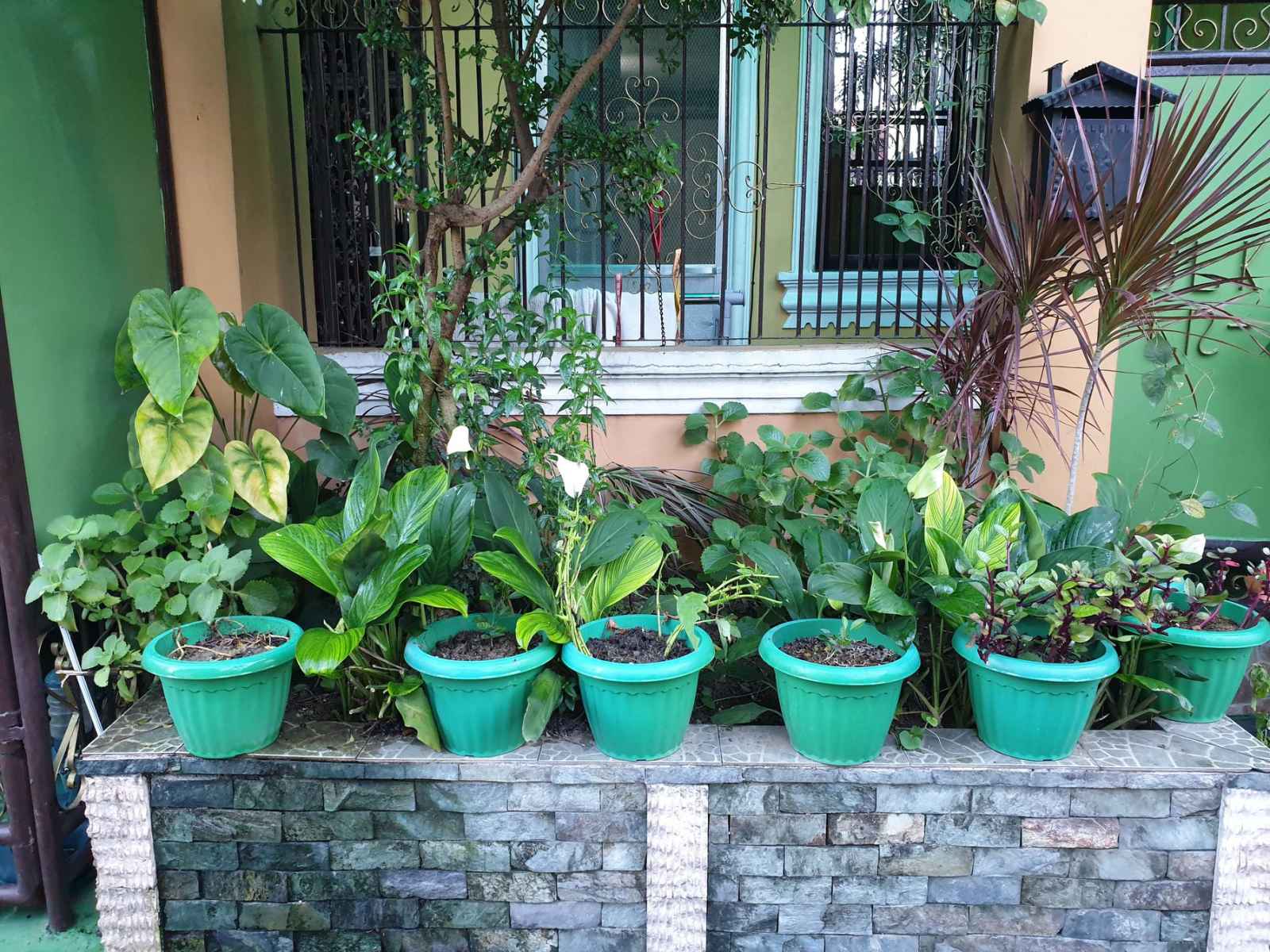
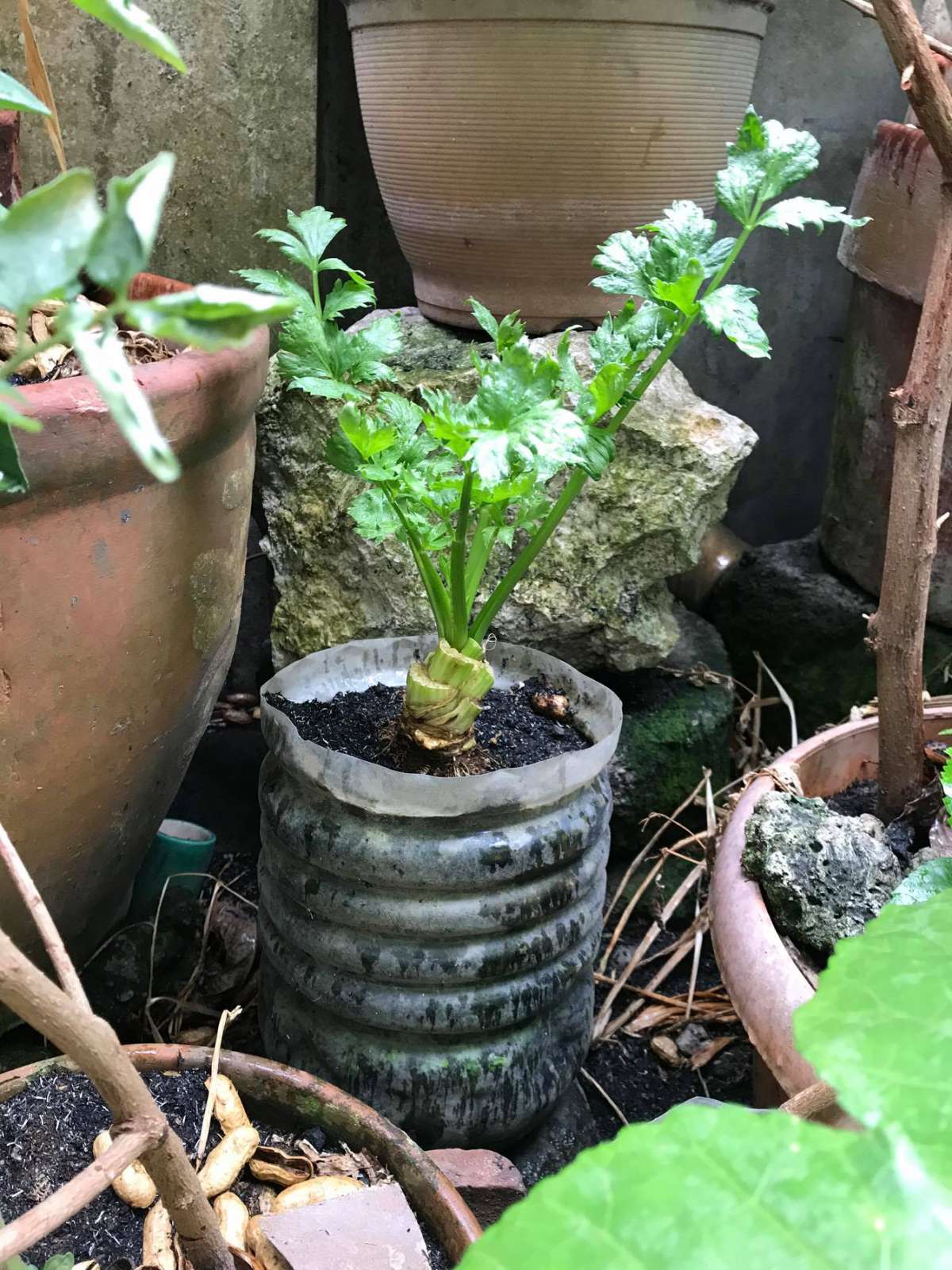
2. Choose local vegetables which are in season.
Common vegetables are tomatoes, sili, alugbati, eggplants, upo, mustard. For vegetables that have vines like upo, Ana built a makeshift bamboo structure where the vines climb. In our case, we had an old bed which we positioned upright where the sayote could clamber.
3. Invest time. In Coach Lea’s words, vegetables need tender loving care.
The soil has to be cultivated and the plant watered daily. “Hindi lang nagtanim ka tapos bahala na kung tutubo o hindi. Para din syang sanggol na papaliguan, papakainin,” she said.
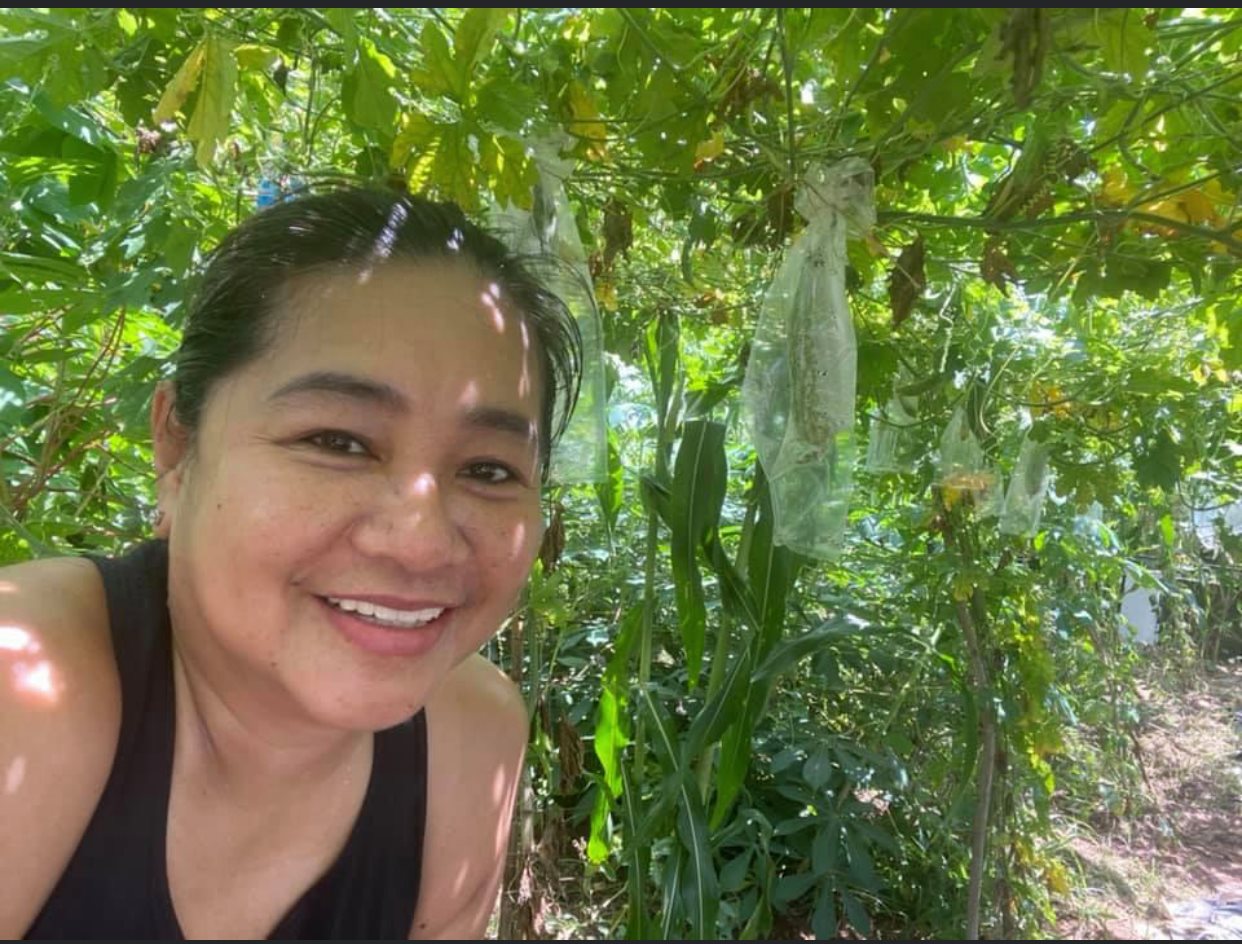
Ate May attests to this. She owns a big vegetable garden and she admits that it consumes a lot of her time. “Hard labor talaga because vegetables are vulnerable to pests,” she said. They apply organic and synthetic fertilizers. They studied the quality of soil in their garden to make sure that all pests will not thrive. Ana has the same challenge with snails and bats. They both said that each plant must be inspected thoroughly once a week to trace any signs of pest. Removing pests on vegetable and fruit gardens needs to be done immediately.
Time is also needed to weed gardens. Weeds compete with the plants for nutrients so pull weeds from the garden at least once a week. Better yet, once you see a weed poking through the plant, remove them at once.
4. Study the science of gardening.
Read, ask friends, tune in to programs of experts to learn the science of vegetable gardening. Here are some important notes that we learned since starting vegetable and herbal gardening:
• Plants need water to live. My brother waters our vegetables an inch every fourth day. Some plant varieties require more so study your plants. But do not drench the entire plant. Target the roots and avoid getting water on any blooms. Soaker hoses are best for watering vegetables.
• Mulch is important to keep the soil cool, the weeds down and retain water. Once the mulch composts, it adds quality to the soil. I now laugh at myself for always wondering why mulch were sold in garden stores. I thought it was just for beautification. It turns out that mulch is an important component of good vegetable garden care.
• Prune properly. During the dormant season, it is important to prune plants but make sure to leave room for new growth. This should be done for fruit trees like kalamansi.
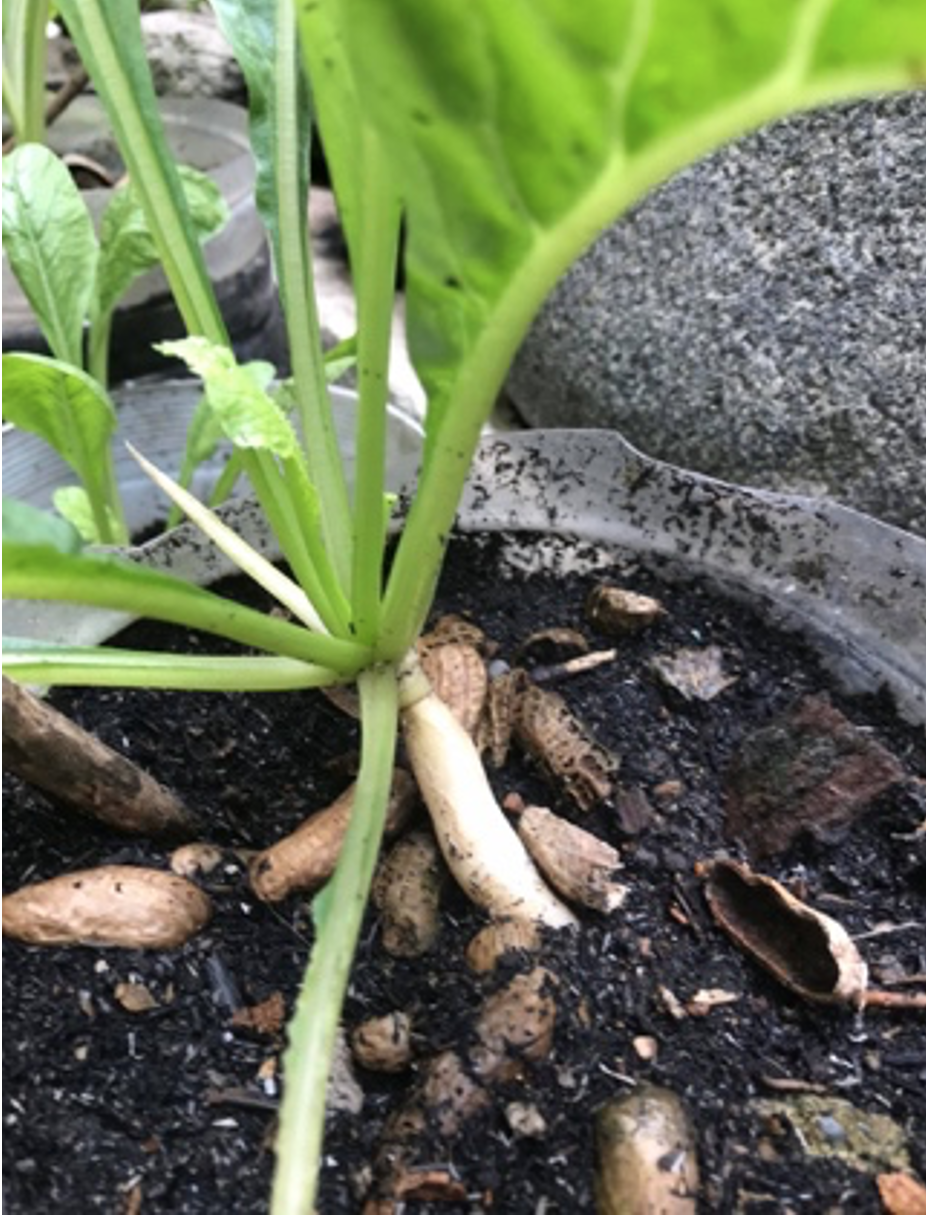
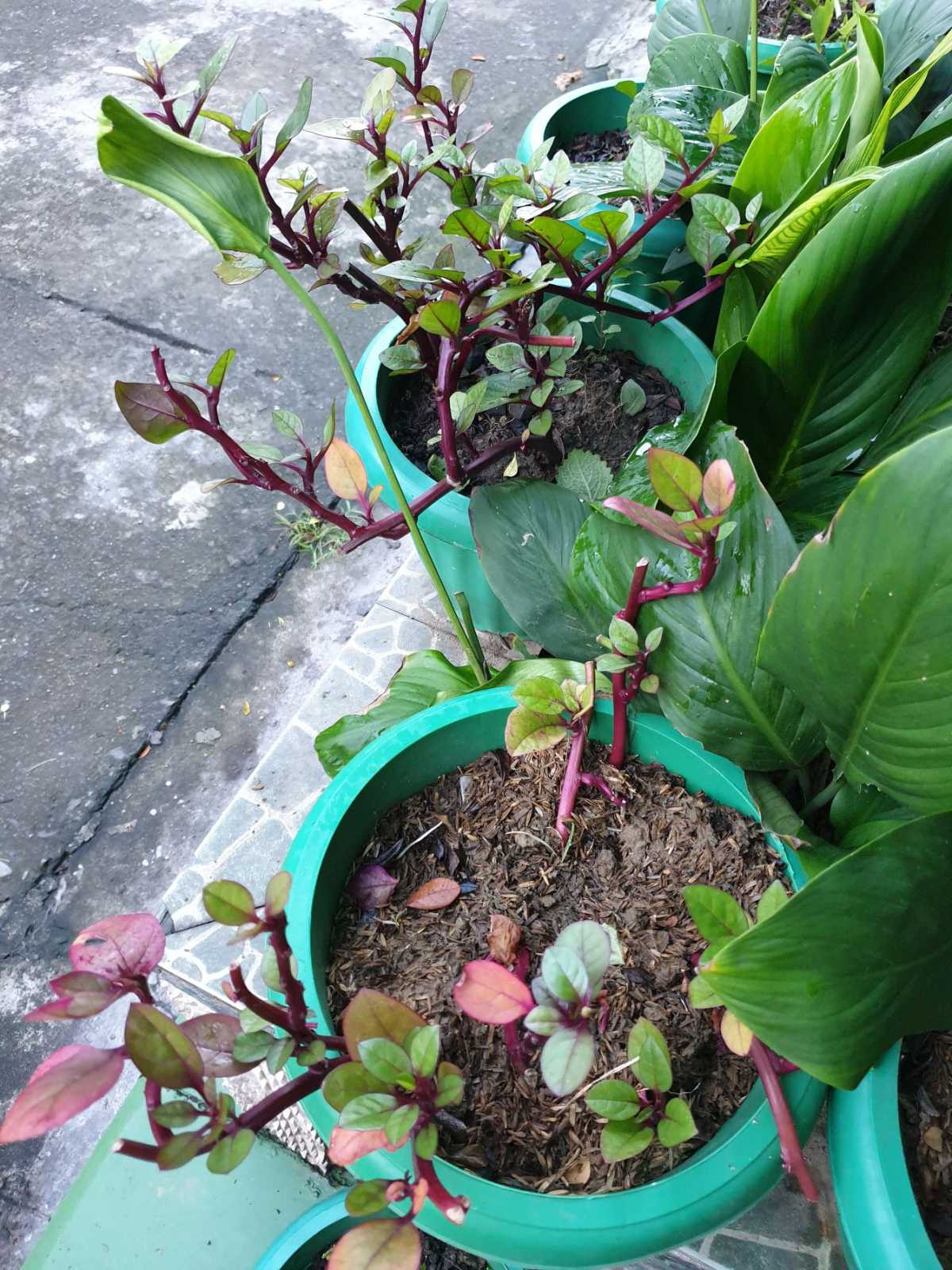
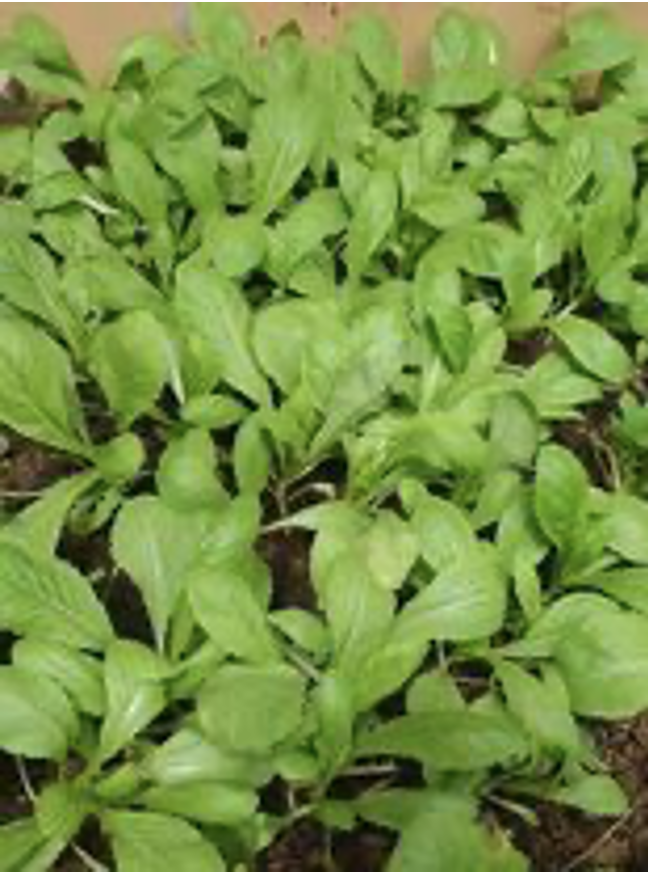
Eight months in a lockdown, planting has been a coping mechanism for many middle class families. This health crisis has made us feel hopeless and out of control. But these greens give plantitos and plantitas a reason to believe that we are alive in these difficult times.

